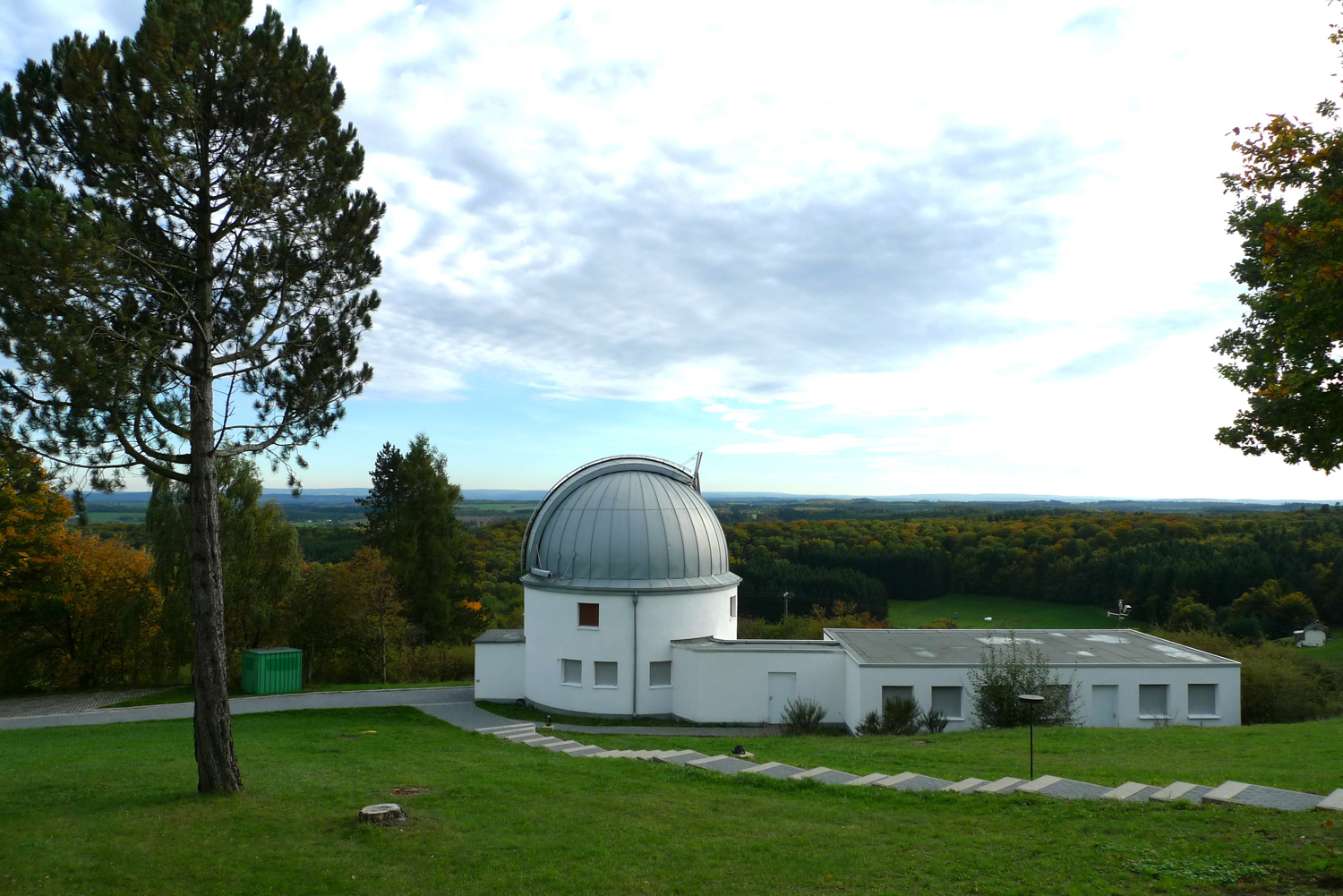The "Astronomische Vereinigung Vulkaneifel am Hohen List e.V." was founded on August 1, 2013, by changing the name of the former "Förderverein des Observatoriums Hoher List", which was founded in 2002. The reason was the discontinuation of the observatory's scientific use by the Argelander Institute for Astronomy of the University of Bonn and the associated closure of the facility by the university.

The telescopes and other equipment were put out for sale to other institutions and also to private citizens, throughout Europe. The threat of dismantling was prevented when the observatory was declared a historical preservation site, in the fall of 2013. The AVV was able to lease part of the observatory from the university. Fortunately, it was the part that also contains the 1-meter Nasmyth-Cassegrain reflecting telescope, the largest and most modern on site. Since March 1, 2020, the property has a new owner, Dr. Bruno P. Nelles, a former research associate of the Astronomical Institutes of the University of Bonn, who earned his Ph.D. at the time working at the Hoher List Observatory. With the change of ownership, the AVV now has unrestricted access to all of the observatory's instruments.

The members of the AVV are committed to preserving the observatory for astronomy. For this purpose it has to be recognized, especially in the region (Vulkaneifel) and in the state (Rhineland-Palatinate). This is done on one hand by a variety of public events, which are offered regularly throughout the year, and on the other hand by regular articles in newspapers, advertisements in tourist promotional brochures, flyers, as well as articles and astrophotos in the social media.
The main focus of the AVV's activities is public relations in the form of regular guided tours, lectures and astronomical observations for interested visitors. In this context, practical and theoretical questions of astronomy, as well as related fields of knowledge are communicated in a popular and scientific way, in order to familiarize wide circles of the population with what is happening out there in the universe. Accordingly, current astronomical events are given equal consideration as knowledge that has grown for millennia.
The idea to use the observatory also as an educational institution in the sense of an extracurricular place of learning is obvious. The 1-meter reflecting telescope is available for astronomical observations, weather permitting. This is one of the largest telescopes in Europe, which is used for astronomical outreach. Moreover, the observatory is located in a region where light pollution is still very low. And so for many a group of visitors it is the first time that they consciously experience a dark night sky with the constellations and their numerous objects, as well as the shimmering band of the Milky Way!
